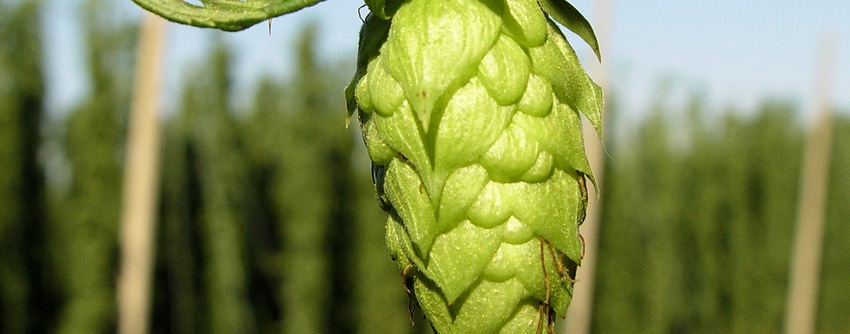
Agriculture, like every other industry, grows where money – net profits -- flow most freely. That’s why in coming years, you may swear you’re in Germany’s hops-producing regions where tall poles covered with vines reach to the sky.
How’s that? Numerous Northeast states are promoting and encouraging hops production for the fast-growing local brewery industry. Here’s a taste of what’s going on this summer.
The Northeast’s craft brewery and cidery businesses are booming. With them are opportunities for growers to meet their ingredient needs – hops and specialty grains.
New York Governor Andrew Cuomo calls the Empire State “the epicenter of a burgeoning craft beverage industry.” In just four years, he claims, the production of wine, beer, spirits and cider products has grown 169%.
“The craft beverage industry is thriving across New York thanks to significant incentives and investments,” adds N.Y. Ag Commissioner Richard Ball. Those incentives include reform of antiquated laws, new marketing efforts and reduction of red tape.
Recent expansion of the beer production tax credit – now called the Alcohol Production Credit – includes wine, spirits and cider industries aims to save them $4 million over the next two years and allow greater reinvestment in their businesses, explains Ball. That’ll help boost their use of locally grown ingredients.
The credit is available annually to craft beverage businesses producing 60 million gallons or less of beer or cider, 20 million gallons or less of wine, and 800,000 gallons or less of liquor in New York State.
Other developments
Earlier this year, USDA’s Farm Service Agency expanded the list of commodities eligible for Farm Storage Facility microloans of up to $50,000 for high-value crops with no requirement of three years of production history. Barley, rye and hops are on the list. Processing and refrigeration equipment is also eligible.
Penn State Extension will host a Farming for Success agronomy field day on June 23 at the Southeast Agricultural Research and Extension Center, near Landisville. One of the tour sessions is on new and alternative crops including malting barley and hops
For more on the craft brewing industry explosion, click on Ready to hop on craft-brewer hops.
More on hops and resources
Here’s some information and a list of resources posted for those interested in growing hops, from University of Maryland Extension Educator R. David Myers.
Before investing in hops, contact local breweries and ask which varieties they’re most interested in, advises Myers. His research focuses on growing and delivering wet, aromatic hops for small micro-breweries.
“Wet hops are worth considerably more due to perishability, hence, the need for refrigeration,” he points out. An average production goal for hops is 5,000 pounds per acre of wet cones. That’s equivalent to 1,000 pounds per acre of dried pelletized hops – and $12,000 per acre gross income.
About the Author(s)
You May Also Like




